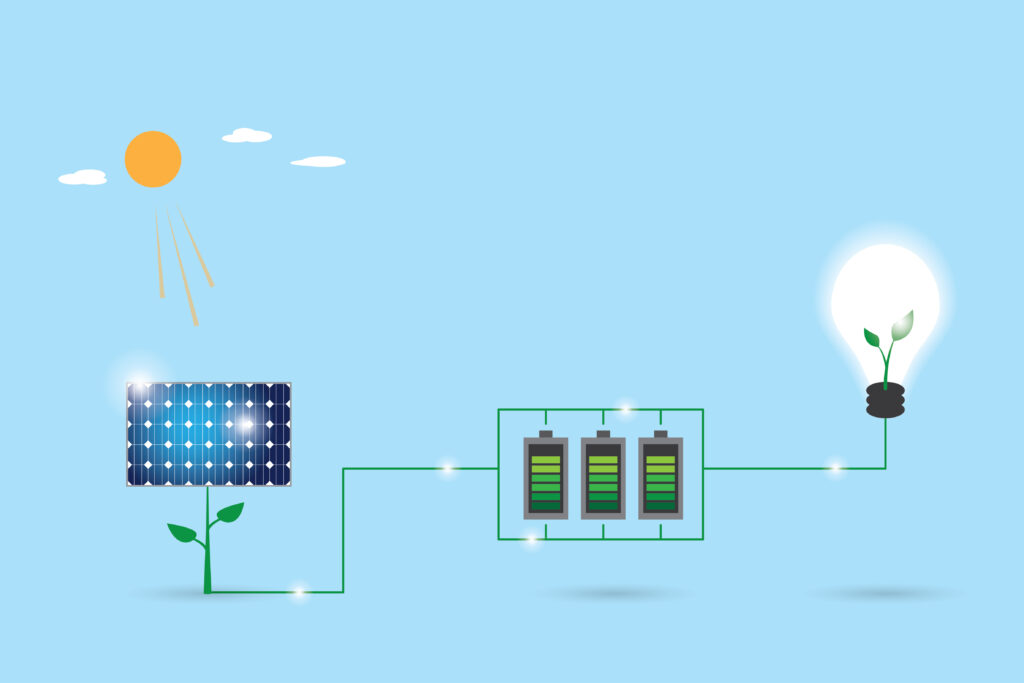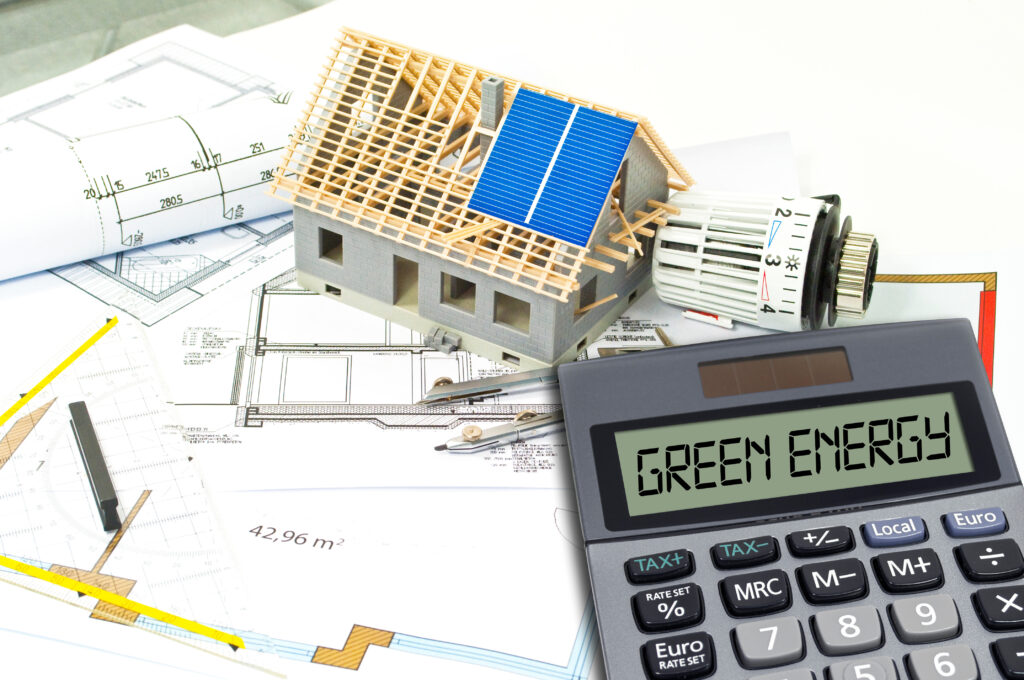
Can Solar Power Help if the Madrid Fault Has an Earthquake?
Can Solar Power Help if the Madrid Fault Has an Earthquake? Introduction The New Madrid Seismic Zone (NMSZ), also known...

Embracing Solar Power in St. Louis: A Spotlight on Silfab Solar Panels and American-Made Quality
As the world increasingly turns towards sustainable energy sources, solar power stands out as a beacon of hope and innovation....

Solar and Battery Backup Energy Security
Solar and Battery Backup Energy Security: Keep Your Home or Business Powered During Outages with Reliable Backup Energy In today’s...

How Solar Panels and Batteries Lead to Increased Property Value
How Solar Panels and Batteries Lead to Increased Property Value In recent years, the integration of solar panels and energy...

Reduce Your Electricity Bills with Stored Solar Energy During Peak Rate Periods
Cost Savings: Reduce Your Electricity Bills with Stored Solar Energy During Peak Rate Periods Electricity bills are a significant monthly...

The Ultimate Guide to Solar Panel Installation in St. Louis
In recent years, the push towards renewable energy has gained significant momentum. Solar energy, in particular, has emerged as a...


Understanding Net Metering and Distributed Generation in Illinois
Net metering and distributed generation play a crucial role in shaping the clean energy landscape in Illinois. In a recent...

Hello world!
Welcome to Kenta Sites. This is your first post. Edit or delete it, then start writing!

Estimating Your Solar Cost: A Guide to Using a Free Solar Calculator
Exploring the Power of Solar Energy and Calculating Potential Savings St. Louis, November 1, 2023 – As renewable energy sources...